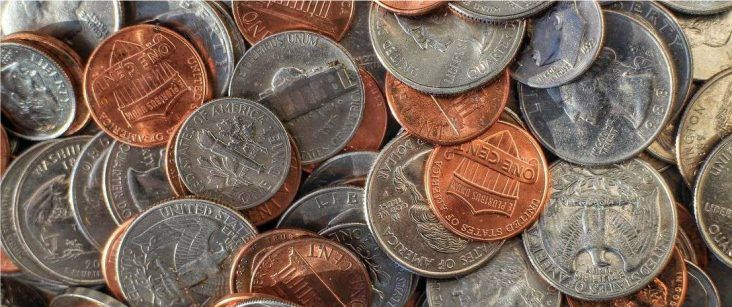State tax collections mostly flat heading into new fiscal year
by August 2, 2019 1:57 pm 355 views

One month into the new fiscal year, Arkansas tax collections matched the state’s official forecast as net available general revenues came in just below year ago totals, the Arkansas Department of Finance and Administration (DFA) reported Friday (Aug. 2).
Through the first month of fiscal year 2020, net available revenues were down 1.4%, or $6.5 million at $462.8 million, and flat when compared with the state’s official budget forecast. Gross tax revenue for fiscal year 2019, a key economic indicator that includes collections from all available categories, totaled nearly $520.9 million at the end of July, a decrease of $10.9 million, or 2%, compared to the same period in fiscal 2019 and $1.7 million, or 0.3%, below forecast.
Last month, Arkansas produced a surplus above the maximum allocations available for distribution of $295.4 million going into the new fiscal year, which began on July 1. At the end of the 2019 legislation session, the Arkansas General Assembly endorsed Gov. Asa Hutchinson’s $5.75 billion budget with the overwhelming approval of the Revenue Stabilization Act.
Before the 2019 session began in January, Gov. Hutchinson’s $5.75 billion budget request for fiscal 2020 reflected a 2.3% increase above the prior year’s allocation of $5.6 billion. The 2021 fiscal budget projections would rise another 2.3% to nearly $5.88 billion.
Under the RSA’s complex budget-balancing forecasting model, legislators must prioritize all state agency spending requests during both the fiscal and regular legislative session. The legislature usually divides state general revenues into “A”, “B”, and “C” categories under the RSA. Allocations in the “A” category have top priority and normally are 100% funded. If there is money left over after funding the “A” category, the “B” category is also funded, and eventually “C” category is funded if revenues allow.
Going into the new fiscal year, state budget officials divided $64 million from the surplus between the Restricted Reserve Fund and the Arkansas Highway Fund at a rate of 75% and 25%, respectively. The remainder of the $295.4 million budget surplus will be distributed between the General Revenue Allotment Reserve Fund and the state Highway transfer fund at the same 75-25 distribution ratio.
As the new fiscal year begins, Arkansas also joins the growing list of states to require internet vendors and out-of-state remote sellers that do not have a physical presence in Arkansas and annual sales of at least $100,000 to collect and remit Arkansas sales and use taxes. DFA also has begun posting tax collection receipts from gaming and racing venues, which came in at $5.9 million and $100,000, respectively, in July.
Among the major revenue categories, individual income tax collections were above forecast, while corporate income and sales tax inflows were below expectations. Also, an annual deposit of $19.4 million to state budget coffers from the state Auditor’s Office was greater than the amount forecasted, DFA officials said.
As noted, July income tax collections were $3.7 million, or 1.6%, below year ago totals, but $1.8 million, or 0.8%, above forecast. Monthly income tax refunds of $8.7 million, which subtract from net available funds, were $3.7 million below year ago totals and $400,000, or 5%, above forecast.
Sales and Use Tax collections in the first month of fiscal 2020 fell by $3.7 million, or 1.8%, from a year ago. In regard to the DFA forecast, sales tax collections fell by $6.7 million, or 3.2%, although motor vehicle sales tax revenue jumped 8% year-over-year.
In a light month of business activity, corporate income tax collections of $25.1 million were off $5.6 million from a year ago and $800,000 below forecast. Corporate income tax refunds amounted to only $700,000 for the month, equal to last year and $100,000 below forecast.
OTHER TAX REVENUE SOURCES
Alcoholic beverages
July 2019: $5.9 million
July 2018: $5.6 million
Gaming
July 2019: $5.9 million
July 2018: $5.6 million
Tobacco
July 2019: $20.2 million
July 2018: $18.3 million
Insurance
July 2019: $600,000
July 2018: $600,000
